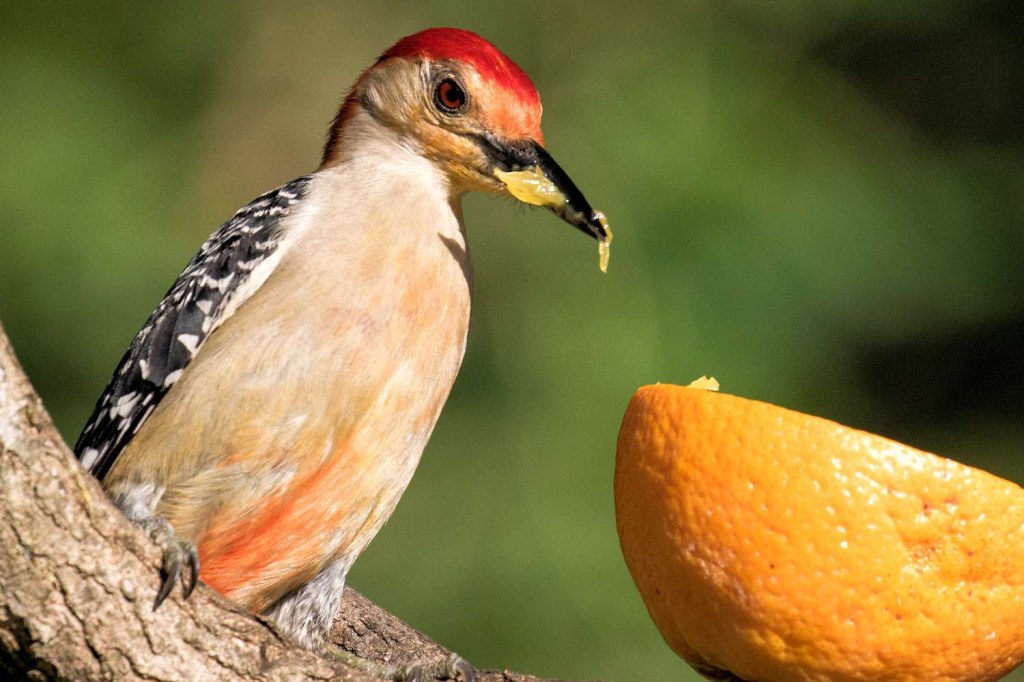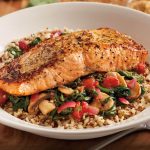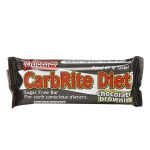Discover The Essential Components Of A Woodpecker’s Diet: Unveiling The Secrets For Optimal Click To Action!
Part of a Woodpecker’s Diet
Introduction
1 Picture Gallery: Discover The Essential Components Of A Woodpecker’s Diet: Unveiling The Secrets For Optimal Click To Action!

Hello Healthy People,

Image Source: thespruce.com
Woodpeckers are fascinating birds that are known for their unique ability to drill into trees and wood surfaces. But have you ever wondered what these birds actually eat? In this article, we will explore the various components of a woodpecker’s diet, shedding light on their eating habits and the reasons behind them. Understanding their diet can provide valuable insights into these birds’ behavior and survival strategies.
So, let’s dive into the world of woodpeckers and discover the intricacies of their diet!
The Diet of Woodpeckers
Woodpeckers are omnivorous birds, meaning they feed on a variety of foods including insects, fruits, nuts, and even sap. Each component of their diet serves a specific purpose and provides essential nutrients for their survival.
Insects: A Staple Food
🐜🕷️ Insects form a significant part of a woodpecker’s diet. These birds have a strong beak that enables them to drill into trees and extract insects hiding beneath the bark. Woodpeckers feed on a wide range of insects, such as beetles, ants, caterpillars, and termites. The high protein content in insects provides the necessary energy for woodpeckers to sustain their active lifestyle.
Fruits and Berries: A Sweet Treat
🍎🍓 While insects are the primary food source, woodpeckers also enjoy indulging in fruits and berries. These sweet treats not only provide a refreshing change to their diet but also offer essential vitamins and minerals. Woodpeckers are particularly fond of fruits like apples, cherries, and berries, which are easily accessible in wooded areas.
Nuts and Seeds: A Nutritional Boost
🌰🌱 Nuts and seeds are another crucial part of a woodpecker’s diet. These birds have strong jaws that allow them to break open nuts and extract the tasty kernel inside. Nuts and seeds provide a rich source of fats and proteins, which are essential for the woodpecker’s overall health and energy requirements.
Sap: A Sticky Delicacy
🌳💧 Woodpeckers also have a unique way of obtaining food by feeding on tree sap. They use their beaks to create holes in tree trunks, allowing sap to flow out. The sweet and sticky sap is a delicacy for woodpeckers and serves as an additional source of energy and nutrients.
What, Who, When, Where, Why, and How of a Woodpecker’s Diet
What: The diet of a woodpecker consists of insects, fruits, nuts, seeds, and sap.
Who: Woodpeckers, with their strong beaks and agile bodies, are uniquely adapted to feed on various components of their diet.
When: Woodpeckers feed throughout the day, with their foraging activity peaking during the morning and late afternoon.
Where: Woodpeckers can be found in various habitats, including forests, woodlands, and even urban areas with suitable trees.
Why: Woodpeckers consume a diverse diet to meet their nutritional needs and adapt to changing food availability throughout the seasons.
How: Woodpeckers use their strong beaks and specialized tongues to extract insects, access fruits, crack open nuts, and tap into sap.
Advantages and Disadvantages of a Woodpecker’s Diet
Advantages:
Woodpeckers’ diet provides them with a high-energy intake due to the protein-rich insects and fat-laden nuts.
Their ability to consume sap allows them to access additional nutrients during times of scarcity.
By feeding on insects, woodpeckers contribute to natural pest control in ecosystems.
Consuming a variety of foods ensures that woodpeckers obtain a balanced diet and necessary vitamins and minerals.
Their foraging behavior helps to shape the ecosystem by creating cavities that benefit other bird species and mammals.
Disadvantages:
Feeding on insects may expose woodpeckers to harmful pesticides and insecticides.
Competition for food sources, especially tree sap, can occur among woodpeckers and other bird species.
Occasionally, drilling into trees can cause damage to the woodpecker’s beak or result in injury.
Frequently Asked Questions about a Woodpecker’s Diet
1. Do woodpeckers only eat insects?
No, woodpeckers have a diverse diet that includes insects, fruits, nuts, seeds, and sap.
2. How do woodpeckers extract insects from trees?
Woodpeckers use their strong beaks to drill into tree bark and extract insects hiding beneath.
3. Can woodpeckers consume poisonous insects?
Woodpeckers have adapted to consuming various insects, including those that are poisonous to other animals.
4. Are woodpeckers beneficial to the environment?
Yes, woodpeckers play a vital role in natural pest control and create nesting cavities that benefit other species.
5. Can woodpeckers tap into any tree for sap?
Woodpeckers can tap into many tree species, but they have preferences for certain types of trees that produce more sap.
Conclusion
In conclusion, understanding the diet of woodpeckers provides valuable insights into their behavior, survival strategies, and ecological importance. By consuming insects, fruits, nuts, seeds, and sap, woodpeckers maintain a balanced diet that fuels their active lifestyles and contributes to the overall health of ecosystems. So, the next time you spot a woodpecker drilling into a tree, marvel at its adaptive feeding habits and appreciate the important role it plays in nature.
Now that you have a deeper understanding of a woodpecker’s diet, why not take some time to observe these fascinating birds in their natural habitat? You might be amazed at the variety of foods they consume and the incredible skills they possess.
Final Remarks
In writing this article, we hope to have shed light on the intricate details of a woodpecker’s diet. It is important to remember that the information provided here is based on general observations and research. While woodpeckers share common dietary habits, variations may exist among different species and geographical regions. As with any living creature, their diet can be influenced by factors such as habitat availability and seasonal changes.
Always remember to respect and appreciate wildlife, including woodpeckers, by observing them from a distance and not interfering with their natural behavior. By doing so, we can ensure the preservation and enjoyment of these magnificent birds for generations to come.
This post topic: Diet



